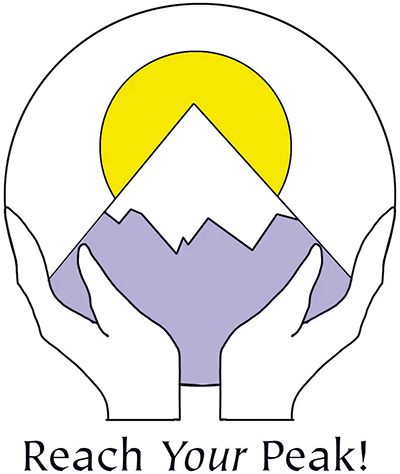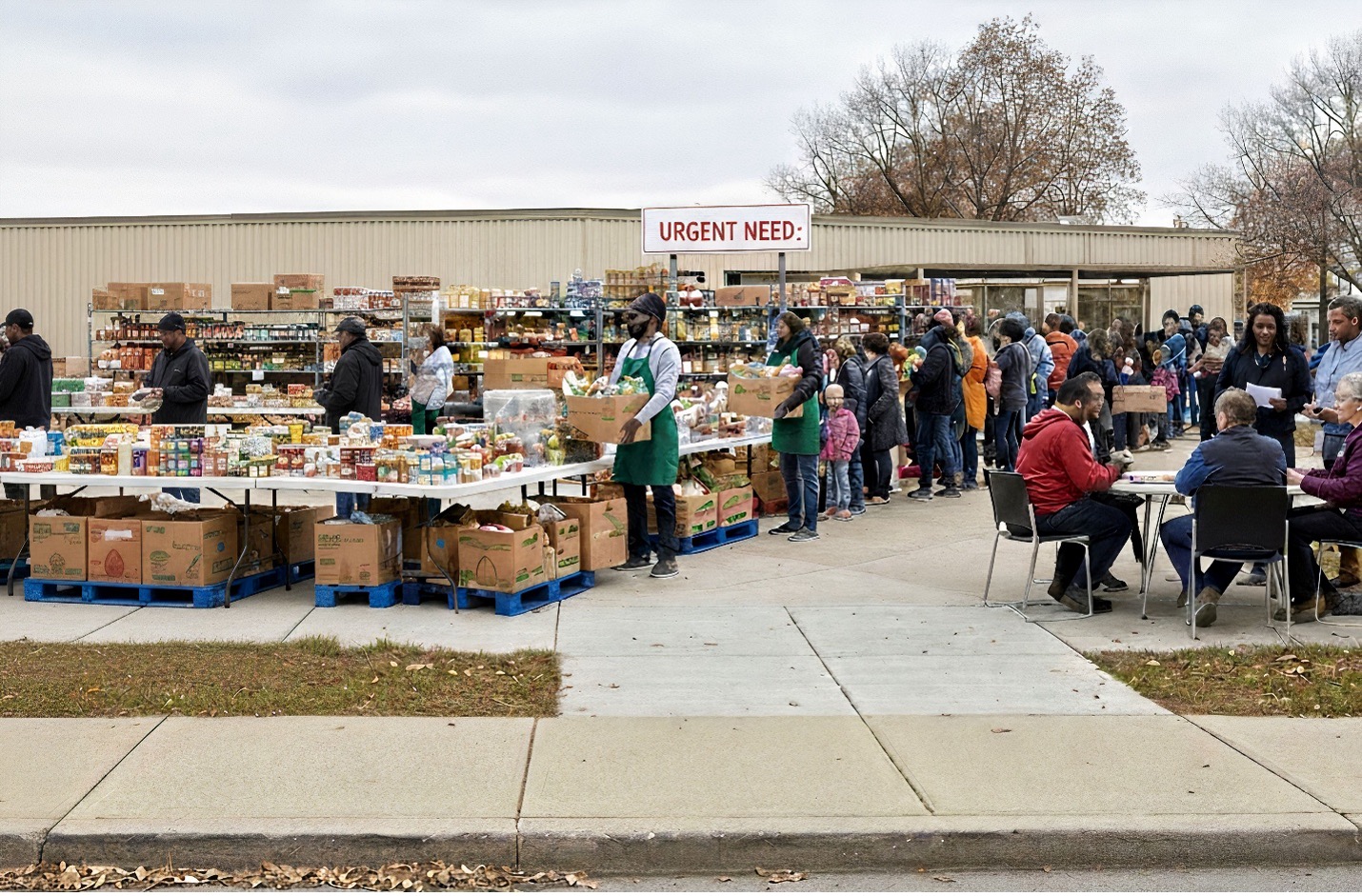In view of the everchanging and confusing landscape where the Supplemental Nutrition Assistance Program (SNAP) is in jeopardy, states braced themselves for a freeze on federal funding starting November 1, 2025, amid a protracted US government shutdown. States like Louisiana, New Mexico, and Vermont announced they planned to help low-income households that rely on their funds to eat. They joined others from New York to Nevada in scrambling to find ways to obtain food for people without government funding—nearly 42 million—who are increasingly in a panic state and will otherwise go hungry without their usual monthly support.
In Louisiana, where nearly one in five residents receive SNAP benefits, Republican-led state lawmakers authorized the health department to use $150 million in the state budget to help avoid an expected interruption. According to Margery Beck and Geoff Mulvihill in the Washington Post on October 30, 2025, Gov. Jeff Landry stated that his specific priority was to protect the most vulnerable populations that are the children, disabled, and elderly.
In New Mexico, Gov. Grisham pledged that her state would provide $30 million in emergency food assistance to residents through their debit cards, backfilling temporary benefits. Officials said that in New Mexico where 21 precent of the population relies on SNAP, the benefit they would provide would only cover 30 percent of what residents usually receive at the start of the month. This emergency funding was expected to last only 10 days, while the state legislature positioned itself to approve more if needed to prevent children from going without basic food staples. In other states, like Vermont, legislative leaders approved using $6.3 million in state funds to cover 15 days of SNAP benefits and provided $250,000 to food banks.
Even with planning, states feared they can’t cover what the federal government can
It was feared that, despite their best efforts, local governments and food charities in states could not cover what the federal government can under SNAP. Even those states with larger budget surpluses could not pay SNAP’s tab beyond November, especially with such short notice. This was true even in states that were planning to pay for benefits at their own costs without reimbursement.
In the land of plenty, why do we have food insecurity?
As we look back to 1939 during the Great Depression, when food assistance benefits began, the federal government fully paid for them with food stamps. However, Mariana Alfaro and Daniel Wu reported on May 13, 2025 in the Washington Post that currently Republicans in Congress were looking into forcing states to pay for 5 to 25 percent of SNAP funding, according to the US Agriculture Department, in a move experts warn could force state governments to remove individuals from the food assistance program, leave local budgets with massive shortfalls, and hurt the food producers and retailers that serve them. This move was projected to make those who lose their jobs more vulnerable to food insecurity today during a recession or political downturn, especially when healthcare costs are expected to climb precipitously in 2026.
Proponents of SNAP cuts say that “ far too long, the program has drifted into a permanent destination riddled with bureaucratic inefficiencies, misplaced incentives, and limited accountability” stated Republican Agriculture Committee Chairman Glenn Thompson, and this portion of the One Big Beautiful Bill restores the program’s original intent—some say for the purpose of saving money for tax cuts to the wealthy. Opponents of the cuts of this plan, who are largely Democrats, say that they are cruel-hearted and will make people go hungry, especially in the poorest Red states, like Alabama, when the government can use the $5 billion contingency fund to avoid cuts.
The die was cast on November 1, 2025, but was it?
On November 3, 2025, Tony Romm reported in The New York Times that the federal government would send partial payments in November, offering only a temporary and limited reprieve to low-income families. It then revealed its plans in a set of court filings just days after two judges found fault in the administration’s initial refusal to fund those benefits under the SNAP program. At that point on November 3, it remained unclear when food stamp recipients would receive their aid, which created even more angst amongst them that could negatively impact their health and welfare, as well as their pocketbooks.
Supreme Court to decide, or not?
Skye Perryman, the president of Democracy Forward that represented cities and nonprofits that sued the Trump administration, said the group was considering all legal options to secure payment of full funds. Perryman stated that it should not take a court order for President Trump to provide basic nutrition that Congress has made clear needs to be provided in the emergency.
However, on November 7, 2025, it was reported in Nation that the Supreme Court issued an emergency order to block full SNAP payments and to allow partial payments for November, so the government does not pay any more money than what is in the contingency fund.
Is state planning to avoid food insecurity for naught?
As reported by Tony Romm on November 9, in The New York Times, another barrier was placed on states when the Trump administration demanded that states ‘undo’ work to send full food stamp benefits to low-income families, in a move that added to the chaos and uncertainty. This guidance threatened to impose harsh financial penalties on states that did not “comply” quickly to the new orders. At this time, states had explored legal options, but Trump held firm, making them responsible for their actions. In addition, states were told they could lose access to some federal money as punishment.
What SNAP recipients can do state by state
As more than 40 million low-income Americans who rely on SNAP benefits, including 16 million children, brace for the continued freeze in food assistance, food banks and other organizations in states across the US have scaled up efforts and have called communities to action to help those in need of important food assistance. They are showing SNAP recipients where to get food assistance and are giving emotional sustenance as well, from organizations such as Feeding America, who reminded them that:
- If you are navigating challenges, your efforts to care for yourself and your loved ones are seen and respected.
- Reaching out for support is a sign of strength, not shame.
- These resources exist because communities care about one another.
- Local food banks and church pantries are there for everyone who needs them, whether for a few days or longer.
- No one should face hunger alone, and you are being supported.
How to help SNAP recipients in communities (from thecut.com)
- Donate to food banks.
- Contact local food pantries and ask what is needed most.
- Connect with mutual-aid groups.
- Organize a meal train or food delivery for your vulnerable neighbors
- Get a grocery buddy.
- Ask local businesses whether they are willing to help.
- See if your local school system has a backpack meal program for kids to bring home.
- Call a representative.
Casting a dark shadow
Since 1964, when President Lyndon B. Johnson’s War on Poverty began to roll out geographically for a decade, it was shown by economists that life trajectories of Americans who, as children, received food stamps benefited greatly as compared to families with children of similar class and demographic characteristics who did not receive food aid. Experts predict now that a cut in SNAP funds where tens of millions of Americans go hungry will cast a dark shadow on our economy and society for decades to come, if not resolved expeditiously and without confusing daily policy changes that cause angst.
Let there be light
During this time of anxiety and uncertainty for low-income families, what could give us light in the darkness where the haves and the have nots are pitted against each other for political purposes? Well, I believe we can always pray for sustenance that costs us nothing except belief in the Miracle of the Loaves and Fishes, where Jesus miraculously fed thousands of people with only five loaves of bread and two fish. According to the story, a boy offers his small lunch, which Jesus blesses and multiples, feeding the people until they were full. I heard this parable in a Catholic church when I was five-years old, and it taught me about sharing, community, faith in God, and the importance of trusting that God will provide when no one else does.


0 Comments